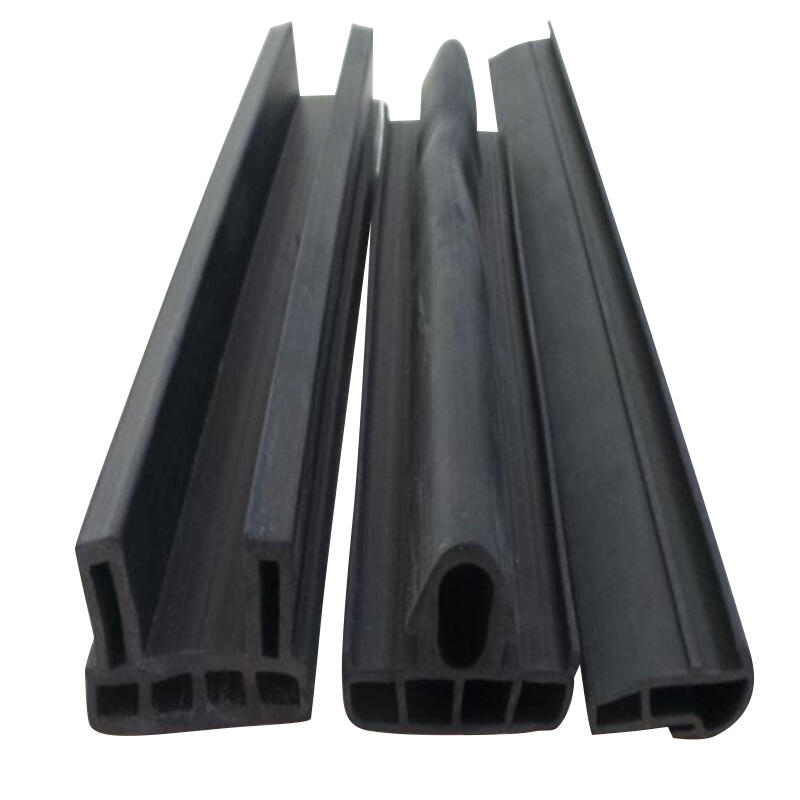Various rubber gaskets assist in several machine functions in most industries. They come in handy in preventing leaking of fluids and they also assist in the prevention of contaminants. In this article, the dimensions of rubber gaskets are reviewed in respects to their application in a variety of industries including automotive, aviation, manufacturing, and plumbing among others. It is crucial for companies to appreciate the distinctive features of rubber gaskets in order to maximize their application, increase operational efficiency, and safeguard product quality. In the automotive industry, gaskets, also known as rubber gaskets play an important role in the efficiency and safety of the automobiles. They play a critical role in the leaking of fluids in the engines and transmission systems, and exhaust systems. The requirements of the different applications of rubber gaskets have considerably multiplied in the recent past due to the efforts being put across by the various manufacturing companies to curb the enhancements of the environmental laws and compact the fuel consumptions. This is all due to the unique properties of rubber gaskets, especially their ability to thermoresist. In the same manner, rubber gaskets are also essential in the aerospace industry for the safety and reliability of the aircraft: these ‘seals’ facilitate the proper function of several components such as fuel systems, hydraulic systems, and cabin pressure systems. Inserts in gaskets, or sealing elements for gazettes, may also be defined through rigorous testing as an aerospace component that requires effective sealing performance in extreme environment conditions. Given the outstanding elasticity and ductility offered by rubbers, these materials were favorable from a production point of view and complied with many stringent requirements. Rubber gaskets also help the manufacturing sector as they are relatively easy to modify for different types of machinery, equipment, and assembly lines so that they act as efficient leak preventative measures. Rubber gaskets can be tailored to a wide range of machinery requirements, which enables manufacturers to create gaskets that improve productivity while minimizing downtime. As industries are advancing, the need for new and advanced gaskets is also expected to increase. In plumbing, rubber gaskets have a very important role of providing leak-proof joints between pipes and fixtures. They prevent wastage and contamination of water and are therefore effective in promoting water management systems. As managing and conserving water becomes a priority, there is likely to be demand for higher quality rubber gaskets intended for use in plumbing applications. With the development of industries, new trends about rubber gaskets are emerging too. For example, there is growing concern for the environment and consumers are looking for green materials from manufacturers that are used for gaskets. The manufacturers are also constantly looking to improve technology which translates to improving the designs, performance and strength of the gaskets. The future of rubber gaskets is bright as the industry will continue to grow and change to meet the challenges presented by different industries. To sum up, rubber gaskets are adaptable fittings and materials that are used in several branches of industry. Due to their properties they are widely employed as sealing elements in aerospace, automotive, manufacturing as well as plumbing applications. The increase in demand for the quality of gaskets and their sustainability will always require the industry players to be in touch on the current developments so that they can use the most appropriate options for their operations.

 EN
EN







































